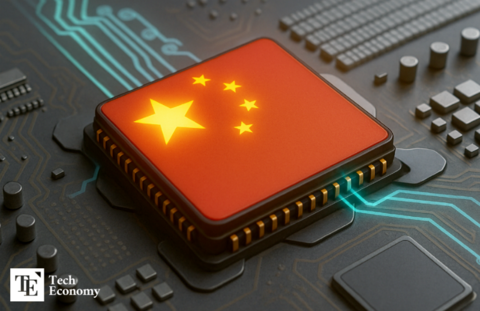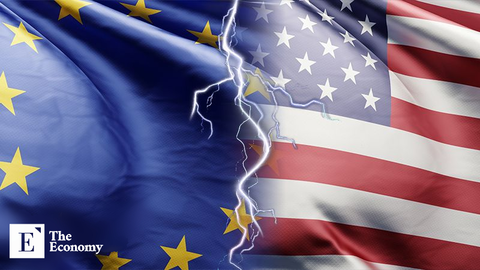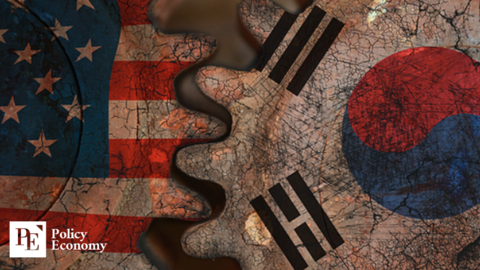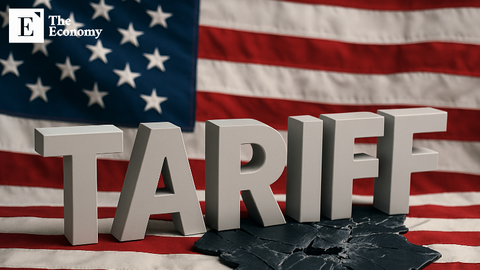Input
Changed
Intent to Strengthen Effectiveness of Export Controls Global Production Lines at Risk of Paralysis Mounting Likelihood of Real Economic Shocks

What began as a battle over semiconductors and tariff policies between the United States and China is now entering a far more consequential and disruptive phase—a global resource war. As China escalates its export controls on rare earth elements, the ripples are being felt across the real economy, far beyond diplomatic circles and boardrooms. Manufacturing giants and small-scale producers alike are being hit by supply shocks, production delays, and growing uncertainty. What was once a largely intangible confrontation over technological supremacy is now a direct clash over the physical materials that power modern industry.
Nowhere is this shift more visible than in the tightening grip China holds over the rare earth market. These 17 critical elements are essential to the production of electric vehicles, wind turbines, consumer electronics, and advanced weapons systems. With China supplying over 90% of the world’s refined rare earths, its recent policy changes are more than administrative—they are reshaping global supply chains and triggering economic alarm bells.
“Crackdown on Illegal Mining” Masks Strategic Intent
According to a June 4 report by China’s state-run Securities Times, local governments in Guangxi Zhuang Autonomous Region, Guizhou, and Hunan Province have intensified enforcement against what they describe as “illegal mining activities.” These actions are framed as responses to central government directives to tighten controls on the export of strategic minerals. A Guangxi provincial official declared, “We will strengthen oversight of the mining and exploration sectors,” vowing strict consequences for unauthorized operations and mining conducted outside designated zones.
But analysts suggest that this move goes far beyond law enforcement. Instead, it marks a pivotal moment in China’s strategic weaponization of its resource dominance. As geopolitical tensions with the United States deepen, Beijing is leveraging its control over rare earths to fortify its position. By requiring Chinese government approval before any export of these minerals, the new regulations effectively create a state-controlled choke point in the global supply chain.
This isn’t the first time China has pulled this lever. In previous disputes, it has threatened or implemented similar controls, particularly during trade stand-offs. What sets the current situation apart is the global scale of disruption and the rapid pace at which it’s unfolding.
Beijing insists that these actions are lawful and defensive. Chinese officials argue that it was Washington—not Beijing—that first broke trade agreements by restricting semiconductor equipment exports and blacklisting Chinese firms. From China’s perspective, the current measures are a proportional response. However, many observers view them as an unmistakable shift from traditional economic policy toward geoeconomic confrontation, signaling that China is willing to use its mineral dominance as leverage in a much broader battle for industrial and technological leadership.
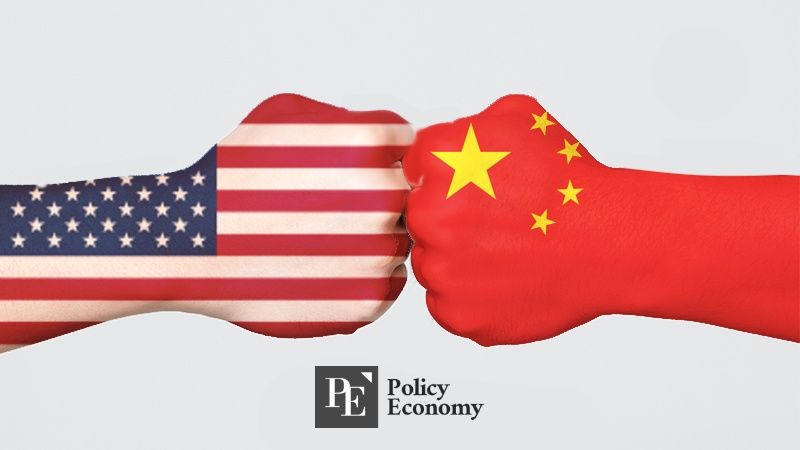
Rare Earths: The Indispensable Resource of Modern Industry
Rare earth elements are the unsung heroes behind nearly every modern technological innovation. Embedded in everything from smartphones and laptops to electric motors and missile guidance systems, they form the foundation of the 21st-century economy. Particularly vital are permanent magnets made from neodymium and dysprosium, which are essential for high-performance electric motors in electric vehicles, drones, and wind turbines.
Without these rare earths, electric motor production grinds to a halt, and with it, the industrial assembly lines of electric vehicles, home appliances, and defense technologies. This vulnerability is no longer hypothetical. In late May, Ford Motor Company announced a week-long shutdown of its Chicago assembly plant, citing a shortage of magnets—a direct result of supply disruptions originating from China.
The implications are massive. Leading manufacturing nations—including the United States, Japan, and Germany—have issued warnings that if China’s export restrictions persist, they could be forced to suspend some factory operations within weeks. The effects won’t be confined to one sector either. From aerospace to renewable energy to robotics, a wide swath of industries stands to be affected.
The construction and heavy machinery sectors are particularly exposed. Cranes, excavators, and electric tools rely on high-powered motors that use rare earth-based magnets. As industries transition from fossil fuel-powered engines to electric propulsion in line with global climate goals, the demand for rare earths is accelerating, even as supply security becomes increasingly precarious.
The consequences of these dynamics are already visible. As of last month, rare earth prices surged by over 40% year-over-year, and the trading volume for some key elements has dropped sharply due to hoarding and regulatory uncertainty. Many small and mid-sized manufacturers, particularly in Asia and Europe, are now struggling to maintain production, having failed to secure sufficient inventory before the supply crunch.
A recent report by the U.S. Department of Commerce explicitly acknowledged this vulnerability, warning that the EV and semiconductor industries are dangerously over-reliant on China. The report concluded that the U.S. currently lacks the flexibility and capacity to respond effectively to such a sudden and sustained external shock.
Scenario of a Collapsing Tariff Truce Emerges
The intensifying rare earth squeeze is now casting a long shadow over the recent U.S.–China tariff truce, raising concerns that the fragile balance could unravel. On May 12, trade representatives from both nations met in Geneva and reached a tentative agreement to suspend or roll back most of the retaliatory tariffs for 90 days. It was viewed as a possible turning point in the tech and trade war.
But China’s subsequent decision to tighten rare earth export regulations has undermined that progress, casting doubt over the sincerity and durability of the détente. The shift from abstract trade policies to concrete restrictions on physical resources suggests that the confrontation is moving into uncharted, more disruptive territory.
Whereas earlier phases of the conflict revolved around tariffs, intellectual property, and semiconductor bans, the focus has now shifted to industrial raw materials—resources that are both finite and irreplaceable in the short term. This development risks triggering what some experts call a “resource nationalism era,” where access to critical commodities becomes the new battlefield of global competition.
China continues to defend its measures as legitimate trade policies. Yet the U.S. and its allies see them as a form of political blackmail, pointing to the broader economic fallout already underway. The fear is not just economic; it is structural. By undermining the efficacy of global trade frameworks—such as the World Trade Organization (WTO) and bilateral trade agreements—these moves could usher in a fragmented world economy.
Washington and its partners argue that China’s actions could accelerate the formation of resource blocs, in which countries align themselves based on access to strategic materials. Such a shift would mark a profound transformation in global trade, eroding decades of interdependence in favor of rigid, rivalrous blocs competing for control over essential commodities.



